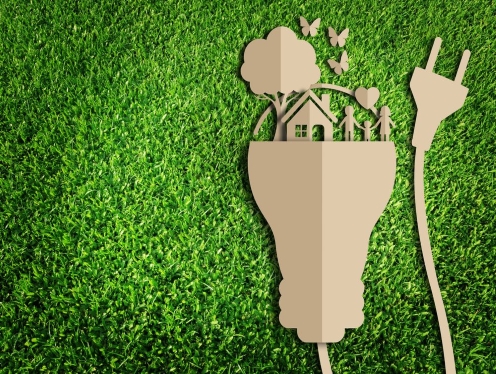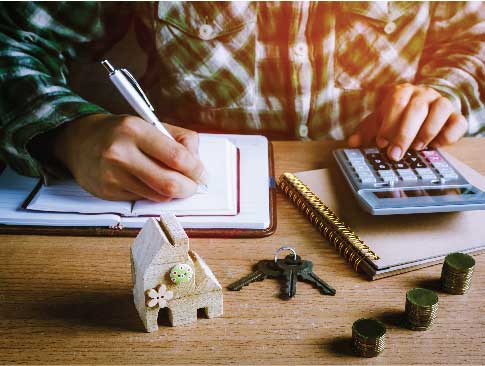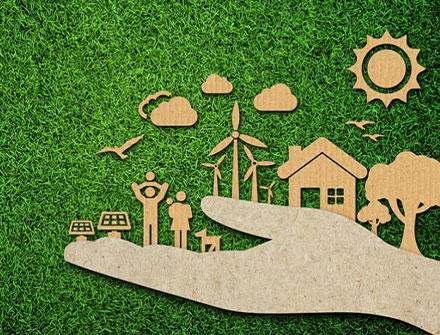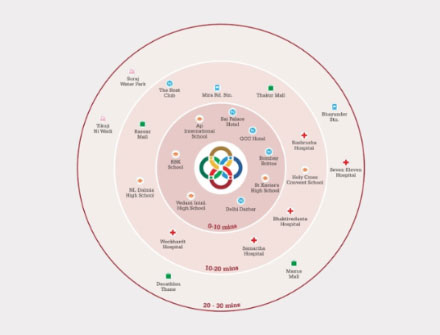Eco-friendly home design refers to houses that are built with environmentally friendly and sustainable materials. The most significant way in which it can positively affect the environment is through the use of eco-friendly materials in housing design.
So, let us look at some of the most effective ways to make your home green and eco-friendly.
- Switch to LED lighting: LED is an abbreviation for “light-emitting diode.” LED light bulbs are approximately 90% more efficient than traditional incandescent light bulbs. LED lighting can help your home run more efficiently while also saving you money. High-quality LED lights have a lifespan of 30,000–50,000 hours or more, whereas an incandescent light bulb has a lifespan of only 8,000–10,000 hours.
- Use Pre-Loved Furniture: When possible, try to buy used furniture. Repurposing and reusing items is an excellent way to save money while reducing waste in landfills. Learn to reuse, repurpose, and upcycle household items to extend their lifespan. Older, used items can often provide years of good wear for a family and may only require minor maintenance. It is also a lot more enjoyable to look for antiques than to trudge around a large department store!
- Say No to Plastic: There’s something extremely convenient about using plastic bags at the grocery store. Is it because they are so light? Is it because they have handles to make them easier to carry? Unfortunately, our comfort is a hazard to the environment and wildlife. Choose greener, reusable cloth bags instead, and your home will be free of plastic bags.
- Optimized home design: Connecting with nature has numerous health benefits but optimizing your layout to take advantage of natural light is also an effortless way to reduce energy consumption (and save money). Think about which rooms receive the most sunlight and how you use them. To make your home eco-friendly, you can optimize cross-ventilation. Design for natural airflow, use ventilation fans to keep the air moving, plant trees and shrubs, and use shading devices to block the sun’s rays and reduce the need for cooling. This can reduce the need for mechanical cooling and heating systems, saving energy and money on your utility bills.
- Bring in Houseplants: Greenery can make a significant difference in a home, especially during the summer months. There are numerous ways to turn small spaces into lush patches of green, ranging from terrace gardens to indoor plants and vertical gardens. Vertical gardens, window ledge greenery, and indoor plants are excellent alternatives for urban homes that do not have the luxury of a terrace.
- Opt for Energy-Efficient Appliances: Buying and using low-cost goods does not always imply being environmentally conscious. Make a list of your electrical appliances and determine whether they are made of environmentally friendly materials and are energy efficient. Buying new, highly rated, and energy-efficient appliances is always preferable to using old, inefficient appliances that consume more energy. This covers air conditioning systems, washing machines, refrigerators, and ovens. All these appliances have an energy rating and purchasing appliances with the highest rating is the best way to start with eco-friendly house designs.
We can make our environment more environmentally friendly by taking small steps. Many people are committing to protecting the environment and making efforts to do so, and it is now easier for us to follow those steps in our lives to live a healthy life. There are numerous benefits to eco-friendly living; it not only saves time and money, but it also protects your health, reduces environmental impact, and improves indoor air quality. Green building enables people to live more resource-efficient and sustainable lives.


















